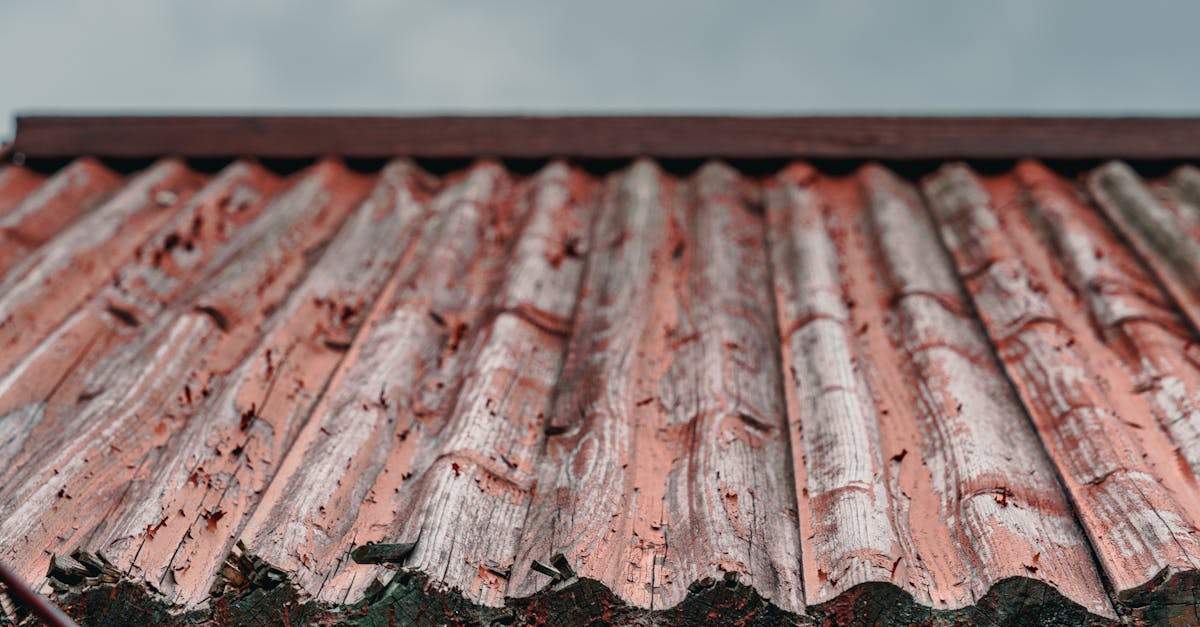Ceramic To Aluminum Roofing Substitution Sydney

Table Of Contents
Ceramic To Aluminum Roofing Substitution Sydney
When it comes to roofing projects in Sydney, particularly when considering tile or ceramic options for aluminum roofing replacement, adherence to local regulations is paramount. One crucial aspect that homeowners and contractors alike must prioritize is Roofing Safety Standards Sydney. These standards ensure that every roofing job not only meets aesthetic preferences but also complies with safety protocols that protect both the structure and its inhabitants.
As the demand for durable and visually appealing roofing materials grows, many are turning to tile and ceramic options for metal roofing replacement in Sydney. However, the incorporation of these materials should be done with a keen eye on roofing safety standards sydney. Understanding these guidelines not only facilitates a successful installation but also guarantees that the roofing project will withstand the elements while adhering to best practices in safety and quality.
Benefits of Changing from Slate Roofs to Aluminum
Changing from slate roofs for aluminum offers several advantages for homeowners. One significant pro is resilience. Metal roofs are recognized for their ability to withstand harsh weather conditions, like heavy rain, snow, and strong winds. This robustness translates into a longer lifespan compared to traditional slate options. Additionally, aluminum roofs are more lightweight, making installation easier and more cost-effective for homeowners.
An additional pro of converting to aluminum roofing is the efficiency of energy use. Aluminum roofing reflect sunlight, which can help decrease cooling costs during hot summers. This not only add to lower energy bills, while they also promote a more comfortable indoor environment. Furthermore, many metal roofing options are designed to be environmentally friendly, resulting in a greener choice for homeowners looking to improve their home's sustainability.
Reasons Changing from Metal Roofs for Sydney
Changing from metal roofs represents the significant choice for homeowners of New South Wales. The type of roofing provides improved longevity against severe weather conditions, which is crucial in the local climate. In addition, metal roofs require less maintenance, conserving homeowners time and money throughout the years.
Another benefit of upgrading from metal roofing lies in its energy efficiency. Metal roofs deflect heat effectively, which can assist in reducing cooling costs during the hot summer months in New South Wales. In addition, metal roofs are environmentally friendly, often made from recycled materials and being fully recyclable at the end of their lifespan. Such combination of benefits makes the choice to change to metal roofing a prudent investment for homeowners of New South Wales.
Typical Issues During Replacing Tile Roofing to Metal
Replacing slate roofs to steel can pose several issues for homeowners. An initial problem involves a weight difference between slate and steel materials. Slate roofing are generally heavier, which may require modifications to the existing roof structure to ensure the roof can support the new material. Moreover, a conversion from a roofing type to another often requires compliance with local building codes, which can add complications to the project.
An additional typical problem involves a possible for leaks or gaps during the installation process. Aluminum roofs require precise fitting and sealing to prevent water infiltration, which can lead to damage down the line. Inadequate installation techniques may not only compromise the roof's integrity but also lead to higher maintenance costs. In addition, a shift in roofing style may also affect the home’s overall aesthetic, prompting owners to evaluate their choices carefully before proceeding.
How to Overcome Challenges of Roof Transition
Replacing a metallic roof from a tile roof can present various issues. One concern is a structural integrity of the existing framework. Before commencing the installation, it is essential to inspect the condition of the underlying structure. Any weaknesses in the frame can lead to setbacks during the replacement process. Performing necessary reinforcements can ensure a successful transition to the new roofing material.
A significant issue that may arise is in regard to the adaptation of the roof's layout. Metallic roofs can differ greatly in design compared to tiled roofs. Homeowners should consider how the new roof will fit with the overall design of their home. Careful planning and consultation with roofing professionals can help in selecting a style that complements the existing structure. This steps can greatly enhance both the efficiency and appearance of the home.
Exploring Installation Process for Ceramic to Metal Roofing Replacement
Replacing the ceramic roofing to steel can be a significant upgrade project. This fitting process includes detailed organization and the appropriate materials. First, the old roofing must be safely removed, as this ensures the sturdy foundation for the new steel roofing.
Afterward, the fitting of fresh steel roofing can commence. This process includes laying each steel panels onto the set structure. Accurate sealing and fastening are essential to confirm rain resistance and longevity. In conclusion, the wrap-up inspection is imperative to ensure everything is fitted accurately.
Step-by-Step Overview of Roof Transition Fitting
Switching a tile roof to a steel roof may appear challenging at first. However, with a guided explanation, this process becomes less complicated. Initially, it is essential to evaluate the existing tile roof for any problems or defects. Subsequently, thoughtfully remove the tiles while making sure the underlying structure remains undamaged.
After the tiles are removed, placing the metal roofing requires proper preparation of the decking. This step involves placing a moisture barrier to protect the roof from water damage. Following, the metal panels can be attached to the roof structure with the appropriate fasteners. To wrap up, it is imperative to ensure all seams are sealed properly to prevent leaks. Completing the project involves a thorough inspection to guarantee everything is set correctly.